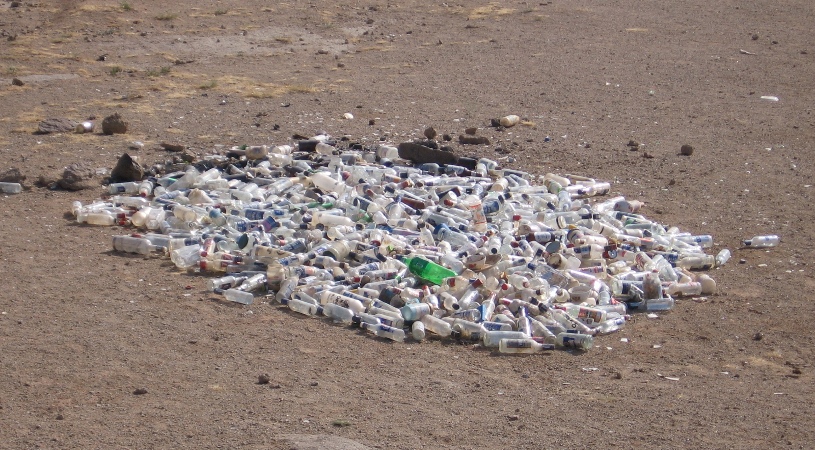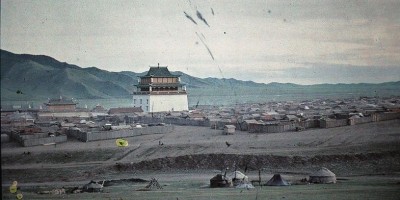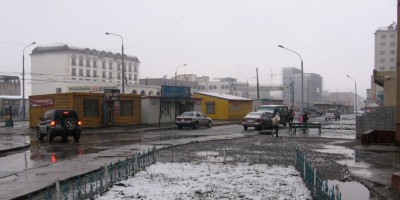The National Statistics Office (NSO) recently estimated that Mongolia’s population will reach 2.9 million by the middle of July.1 This is an increase of approximately 245,000 people since the 2010 national census. At the time of the census the population count was exactly 2,754,685 people, including 107,140 Mongolians living abroad and 16,428 non-Mongolians residing in the country.2 The NSO’s news caught my eye because it reminded how often I see articles that round up Mongolia’s population to 3 million. Have you ever noticed that?
It doesn’t take much effort to find articles in which Mongolia’s population is pegged at 3 million. Some journalists fudge the numbers a bit by using qualifying adverbs such as about, approximately, roughly, or nearly. But others just flatly state that Mongolia’s population is 3 million. Here are a few examples:
Bloomberg c. 2008 – “Mongolia, a landlocked country with a population of about 3 million…”3
Bloomberg c. 2010 – “About one-third of Mongolia’s population of roughly 3 million…”4
Bloomberg c. 2013 – “Mongolia has distributed 1,072 shares in Erdenes TT to each of its almost 3 million citizens…”5
USA Today c. 2010 – “The human cost among Mongolia’s population of 3 million…”6
Reuters UK c. 2010 – “Roughly one-quarter of Mongolia’s 3 million people…”7
Note that, along with the 2010 census count, the NSO estimates that the population was 2.6 million in 2007, 2.7 million in 2009, and 2.8 million in 2011.8 The population estimates in the articles above are therefore anywhere from 3.4 to 15 percent off the NSO estimates for those years. Or, in other words, 100,000 to 400,000 extra people were created out of thin air in order to reach 3 million. Those are some pretty significant rounding errors if you value accuracy. It’s like overestimating the US population by anywhere from 10.6 million to 47 million people (assuming an actual population of 313 million).
I understand the aesthetic desire behind rounding, but at some point that desire needs to be checked by context. The difference between 2.6 million and 3 million is not trivial in the case of a sparsely populated country like Mongolia. This is another example of a “fact” that somehow persists in spite of it being significantly inaccurate and there being easily attainable data to refute it. According to the NSO, Mongolia will reach a population of 3 million in 2015, so eventually the rounding errors will disappear.9 Until then, if you really want to be accurate, Mongolia has a population of approximately 2.9 million and growing.
Footnotes
1. See “Монгол Улсын хүн ам ирэх долдугаар сарын дундуур 2.9 саяд хүрнэ”, National Statistics Office, http://www.nso.mn/v3/index.php?page=news_more&id=1042, 2013-05-30 (accessed 2013-06-11).
2. “2010 Census Main Results”, National Statistics Office, http://www.toollogo2010.mn/doc/Main%20results_20110615_to%20EZBH_for%20print.pdf, slide 4.
3. Hanny Wan, “Frontier Securities Plans $500 Million Mongolia Resources Fund”, Bloomberg, http://www.bloomberg.com/apps/news?pid=newsarchive&sid=aRrrH6T9nDDg, 2008-07-08, (accessed 2013-06-11).
4. John Duce and Michael Forsythe, “Mongolia Considers Selling Stakes of Copper, Coal, Gold Assets,” Bloomberg, http://www.bloomberg.com/apps/news?pid=newsarchive&sid=apbnUERu3ixw, 2010-02-08, (accessed 2013-06-11).
5. Michael Kohn and Yuriy Humber, “Mongolia’s Erdenes TT to Mine Coal Coveted by Peabody, Shenhua,” Bloomberg, http://www.bloomberg.com/news/2013-05-15/mongolia-s-erdenes-tt-to-mine-coal-coveted-by-peabody-shenhua.html, 2013-05-15, (accessed 2013-06-11).
6. Calum MacLeod, “In Mongolia, ‘an unfolding disaster'”, USA Today, http://usatoday30.usatoday.com/NEWS/usaedition/2010-02-25-mongolianwinter25_ST_U.htm, 2010-02-24, (accessed 2013-06-11).
7. Tyra Dempster, “Mongolia winter kills herds, devastating the poorest”, Reuters UK, http://uk.reuters.com/article/2010/03/28/us-mongolia-winter-idUKTRE62R1UJ20100328, 2010-03-28, (accessed 2013-06-11).
8. See National Statistics Office population graph at http://www.nso.mn/v3/imgs/news130530.jpg.
9. Ibid.



